If you're sporting a growing WooCommerce store, you'll need to connect it with a reputable and comprehensive accounting software to help manage your books. In this case, a WooCommerce QuickBooks integration makes a lot of sense. With a setup like this, you can sync up data between both platforms to ensure that everything matches up perfectly.
But what exactly is it about QuickBooks that makes it a good option for accounting software? And how do you even set up a WooCommerce QuickBooks integration? Technology isn't always easy to get your head around. And connecting multiple platforms can be complicated too.
Key Takeaways from this Post
Connecting your WooCommerce store with your QuickBooks enhances accuracy across your accounts because you're less prone to making manual mistakes. This, in turn, gives you a better picture of your business's financial health, helps you keep compliant with tax liabilities, and improves cash flow.
QuickBooks has a multitude of features that make it one of the best accounting software for WooCommerce businesses. You can connect it directly with your bank account for easy reconciliation. Plus, you can take advantage of expense management, inventory management, and reporting tools.
Using Link My Books is the easiest way to connect QuickBooks with your WooCommerce store. The setup process takes just 15 minutes. Once connected, your financial data automatically transfers from your WooCommerce store to your QuickBooks account; no more manual data entry!







This guide is covering all you need to know about streamlining your WooCommerce accounting with a QuickBooks integration. Read on to discover the features that make QuickBooks a solid choice for your WooCommerce store. And, connect the two in as little as 15 minutes.
Importance of Accurate Accounting for eCommerce Businesses

Whether you work with a cash accounting method or an accrual accounting method, eCommerce businesses arguably have the most complex accounting tasks. This is particularly applicable for those working across multiple platforms and sales tax jurisdictions. Here are some of the reasons why accurate accounting is so important for eCommerce businesses:
Knowing Your Financial Health
Understanding the financial health of your eCommerce business is the key to improving it. With the right accounting data, you can see what's coming in and going out for your business. This information will allow you to create forecasts to judge the trajectory of your business. You can make informed decisions, and allocate your budget and resources accordingly.
Tax Compliance
Keeping compliant with different tax rules and regulations is essential for any business. But if you own an eCommerce store (or multiple eCommerce stores), it can be especially complicated to navigate your tax liabilities.
A good eCommerce accounting software, or a solid automated bookkeeping software, will help you in this regard by calculating your taxes for you according to where you sell. Failing to maintain tax compliance can lead to fines and penalties, and also damage your business's reputation.
Improve Cash Flow

When you're working with accurate figures, you can work on improving your business's cash flow. See where your money is coming from and going to, and understand areas where you can cut costs. Additionally, a cash flow statement and balance sheet will both help you create a budget for your business and see what actions have generated a good ROI.
Get Funding
If you're going to secure funding for your eCommerce business, you'll need accurate books to show the profitability of your business to potential investors. They'll need to be able to judge whether the investment is sound and whether it'll be worth the risk. Without these figures, financial statements, and forecasts, investors won't have a clue as to whether or not the investment is worthwhile.
Inventory Management
Keeping accurate accounts helps eCommerce businesses manage stock levels so they can keep up with customer demand. Another aspect of effective inventory management is identifying buying trends. Accurate accounting can tell you which products are generating the most ROI and which ones you might want to drop. Understanding this information can also help you shift old stock and allocate marketing resources to where they'll get the best results.
Key Features That Make QuickBooks Online Perfect for WooCommerce
.webp)
QuickBooks Online is a comprehensive, cloud-based accounting software. It's reasonably-priced, with frequent generous deals on its subscription plans. For example, at the time of writing, new sign-ups can enjoy 90% off their first six months.
A generous discount is all well and good. But, what are the features that set QuickBooks Online apart from many of its competitors? Let's take a look:
Connect Your Bank Account
QuickBooks Online conveniently connects with your bank account and syncs your bank financial data with your online records. You can connect credit card accounts too, so you can have up to date information across all your financial accounts.
Being able to connect all your accounts means you don't have to keep switching between different platforms to view your cash flow. You can get a complete picture of two years of historical data from the one location.
Expense Management
.webp)
QuickBooks Online makes managing your WooCommerce store's expenses simple. You can snap pictures of your receipts and the software categorises and stores the right data. You can also share your bills and receipts with your accountant. And, match these with bank transactions for accurate reconciliation.
QuickBooks's expense management tools helps simplify your tax (and taxable income) management too. Keep track of expenses that you can claim back, and even track your mileage. Additionally, there's an in-app messaging feature for smooth communication.
Reporting
This powerful accounting software has a customisable dashboard which you can populate with real-time reports. All the reports, graphs, and charts are up-to-date and accurate, and you can set the software to generate and send reports at specific frequencies. Because the software connects with your bank accounts, the reports are always a true reflection of your finances.
Get financial statements on cash flow, profit & loss, and expenses. And, get detailed financial projections of how your finances could be in 90 days time according to the financial data it's pulled. QuickBooks reporting helps you make data-driven decisions about your WooCommerce business.
Payroll
.webp)
If you've got workers on the payroll, QuickBooks Online can assist. Its payroll solution ensures timely and accurate payments to your employees. It can calculate not only the money you owe your staff, but also essential figures like pensions, sick pay, and holiday pay. Furthermore, payslips are generated automatically and shared with employees via an employee portal.
The QuickBooks payroll solution makes sure you keep compliant with all your payroll obligations as an employer. It connects directly with HMRC so you can submit tax and ensure tax codes are up to date.
Inventory Management
As discussed earlier, inventory management tools are important for WooCommerce businesses to keep on top of their stock levels. You need to know the real-time value of the stock you're storing and be able to work out and track your COGS.
QuickBooks Online has a number of excellent tools for managing inventory. You can see precisely what stock your business has on-hand as well as the value of that stock. View specific quantities, and know straight away where stock levels are low and in need of replenishing.
Integrations
QuickBooks' vast array of integrations is one if the things that makes it stand out from the crowd. There are more than 750 third party apps in the QuickBooks App Store that will enhance your experience with the software. Integrations will add features and functionality to your base accounting software so you can create a unified system of financial data, management, and records.
For example, you can connect payment processors like PayPal, collect reviews with NiceJob, or track employee time with OnTheClock. QuickBooks Online also connects with Link My Books so you can automate your WooCommerce Bookkeeping (more on that in a sec!)
What Link My Books Can do For Your eCommerce Business
.webp)
Link My Books is an eCommerce bookkeeping software that allows you to put your WooCommerce bookkeeping on autopilot. It sits in between your accounting software and WooCommerce store, and transfers your financial data from the latter to the former.
Here are the top features of Link My Books and how it can help your business grow:
Summary Invoices
Link My Books produces summary invoices of your WooCommerce store's financial data. See your profits and losses clearly, and view a breakdown of this data. For example, sales, refunds, shipping fees, and COGS. This data can be viewed in your Link My Books dashboard. And, either automatically or manually sent over to your QuickBooks account.
Accurate Tax Calculations

Link My Books calculates VAT and sales taxes on all your sales and includes it right there in your summary invoices too. When you set up your account, you'll go through the Guided Tax Wizard which will let the software know the correct tax rates for your products. It then automatically and accurately calculates taxes on all your sales according to the jurisdiction in which they're sold.
Benchmarking
Link My Books Benchmarking is a revolutionary new feature. It gives you a percentile ranking that shows how your WooCommerce business is performing compared to others. Benchmarking undergoes a cohort analysis of anonymised data to measure things like sales growth and refund ratio. It tells you the industry average and then tells you how your business compares compares with this.
Profit & Loss by Channel
At Link My Books, we understand that many WooCommerce businesses operate across a number of different eCommerce platforms. We encourage multi-channel eCommerce success by giving you critical insights into each channel's performance. Do side-by-side data comparisons of metrics like sales and refunds, and filter your analytical data by date.
Step-by-step guide to integrating WooCommerce and QuickBooks Online
Now we know the tool to use to connect your WooCommerce store to QuickBooks, let's go through precisely how to connect the two with a step-by-step guide:
1. Create Your Link My Books Account
.webp)
First thing's first, click on the 'Free Trial' button at the top of the page to create your Link My Books account. You'll be directed to a page with a short form. This asks questions like the country where your business is located and what sales channel you sell on. Fill in the form and select the appropriate options.
Note: If you sell on more sales channels, you can connect these afterwards. For now, just select WooCommerce as your primary channel.
Once you've done this, go ahead and click the 'Next' button.
Now, you can let us know whether you're an accountant/bookkeeper or a business owner. For the purpose of this article, I'm going to assume you're a business owner. However, pick which one is applicable.
2. Connect Your WooCommerce Store and QuickBooks Online Account
.webp)
You'll now get to a page where you have to choose your sales channel. Select WooCommerce from the options and then name your account. For example, you can name it the same name as your WooCommerce shop so you can easily recognise it.
Once you've done this, click the Connect button and you'll be taken to a sign in page for WooCommerce. You need to select the 'Grant Access' option to allow Link My Books to sync and retrieve your cash flow data and work out your sales taxes.
Next, you'll be asked whether to connect the software to QuickBooks or Xero. Choose QuickBooks. And, go through the process of accepting the connection and granting access.
This whole process should take just a few minutes. Additionally, you can retract access whenever you like.
3. Go Through the Guided Tax Wizard
.webp)
Our Guided Tax Wizard is a clever solution to getting your taxes right every time. When you've connected your sales channel and accounting software, you'll be directed to a page which asks you whether you want to proceed with the Guided Tax Wizard or set up a free 1:1 onboarding call.
Configuring your VAT or sales tax rates yourself will take about 5-7 minutes. It's worth getting your accountant onboard too so you know that everything is set up correctly. Beyond that, these are the steps that are involved in completing the Guided Tax Wizard:
- Choose an account for each transaction category. Either accept the default ones or change them to suit your business. Once you're happy with the categories (refunds, sales, shipping, etc.), click on the 'Next' button.
- Now you'll let the software know whether your WooCommerce business is registered for VAT and if so, what countries it's registered for VAT in. Select the applicable countries from the option or check the 'My business is not VAT registered in any country' box.
- This step is only for those whose business is VAT registered. This page is where you'll tell the software whether you sell reduced rate or zero rate products in your store. Choose the right tax rate for your tax groups. After completing the setup process, you can choose what products belong to what group (zero, reduced, or standard) so that the software applies the correct rate to each one when you make a sale.
- The next page you encounter will show you tax rates based on the answers you've given. Double check everything and then confirm they're right.
4. Review Your Setup and Get Sending Your Data
.webp)
Now, go through the platform and review all the information to ensure it's correct. You'll notice that the data from your WooCommerce shop has synced with Link My Books and is right there in your dashboard. You'll see details of business finances like your sales, refunds, fees, and shipping, amongst other data types.
But you want to get it over to your QuickBooks Online account. You can do this manually or set up automatic transfers to save on time. We recommend completing one or two manual transfers at first, just to see how it all works, and then setting it to autopilot. Here's how:
- Manual transfer: Head over to Settlements page. Click on the little arrow next to the 'Action' button on the right hand side of the page. Now choose the option to send the individual settlements to your QuickBooks cloud accounting software. You can also view the settlements and choose different parts of them to send if you don't want to send the whole thing.
- Automatic transfer: Go to your Settlement Settings via the Settings button at the top of your page. Select Automation and then Auto Post Settlements. Now choose your dates from which to start sending settlements to QuickBooks. You can backdate them if you want to.
5. Turn on COGS Tracking
.webp)
Tracking your COGS (cost of goods sold) on Link My Books isn't strictly essential. However, it'll help you out loads when it comes to understanding your tax liabilities and your ROI. COGS tracking is part and parcel of the Link My Books experience so you might as well take advantage of it.
You'll have to turn on COGS tracking manually. But, it's really straightforward:
- Go to your Products Cost page and enter the cost of your products. For stores with large amounts of inventory, you can bulk upload the details to save time on manual data entry. Consider whether you will account for shipping and import duties too. When it comes to the costs you'll include in your COGS, just ensure you remain consistent across all your products.
- Go to Settings then Settlement Settings. Select Cost of Goods Sold, choose your accounts, and click 'Turn on Cost of Goods Sold'. Now save your settings.
Selling on Multiple Channels?

If you sell across multiple sales channels and want to connect them all to your QuickBooks accounting software, that's no problem at all. Link My Books encourages multi-channel eCommerce companies by making it easy to manage data across all your channels. In addition to WooCommerce, our software connects seamlessly with:
- Amazon
- Etsy
- eBay
- TikTok Shop
- Square
- Shopify
- Walmart
Even if you sell across all these platforms, you can still use Link My Books in much the same way as if you only sold on one. Plus, you get the added benefit of our P & L by Channel feature. These multi-channel capabilities make Link My Books a solid option for accounting firms as well as eCommerce businesses needing a reliable cash flow management solution.
How to Connect Multiple Sales Channels to QuickBooks
.webp)
Once you've gone through the above process to connect WooCommerce to QuickBooks, and you've set up your COGS tracking and sent a cash flow statement or two, you can then proceed to connect the rest of your channels.
At the top right of the Link My Books platform, you'll see a little white arrow. Click on this to access a drop down menu. Select 'Add New Account' from your options. From there, the steps are pretty much the same as above.
However, you'll be asked whether you want to share the QuickBooks connection across your additional sales channels or set up a new one. Unless you're an accounting firm, or you're managing multiple clients' businesses, you'll probably want to share the connection so you can keep all your data in one place.
Manage Your Business Income and Accounts With a WooCommerce QuickBooks Integration
.webp)
If you're managing a WooCommerce business, chances are you'll benefit from using a cloud accounting software like QuickBooks Online. This will help you by keeping your books organised, managing your sales tax and VAT returns, and generating essential financial reports. But to make this setup work for you, you need to connect the two; WooCommerce and QuickBooks.
That's where Link My Books comes in.
Link My Books sits between these two software and transfers your financial data from one to the other. It enables you to better manage cash flow by breaking down profits and losses. Many eCommerce businesses rely on Link My Books for automatic bookkeeping, COGS tracking, and tax calculations.
You can sign up for a Link My Books trial for free; no credit card needed. Streamline your accounting and give yourself the time you need to grow your business.












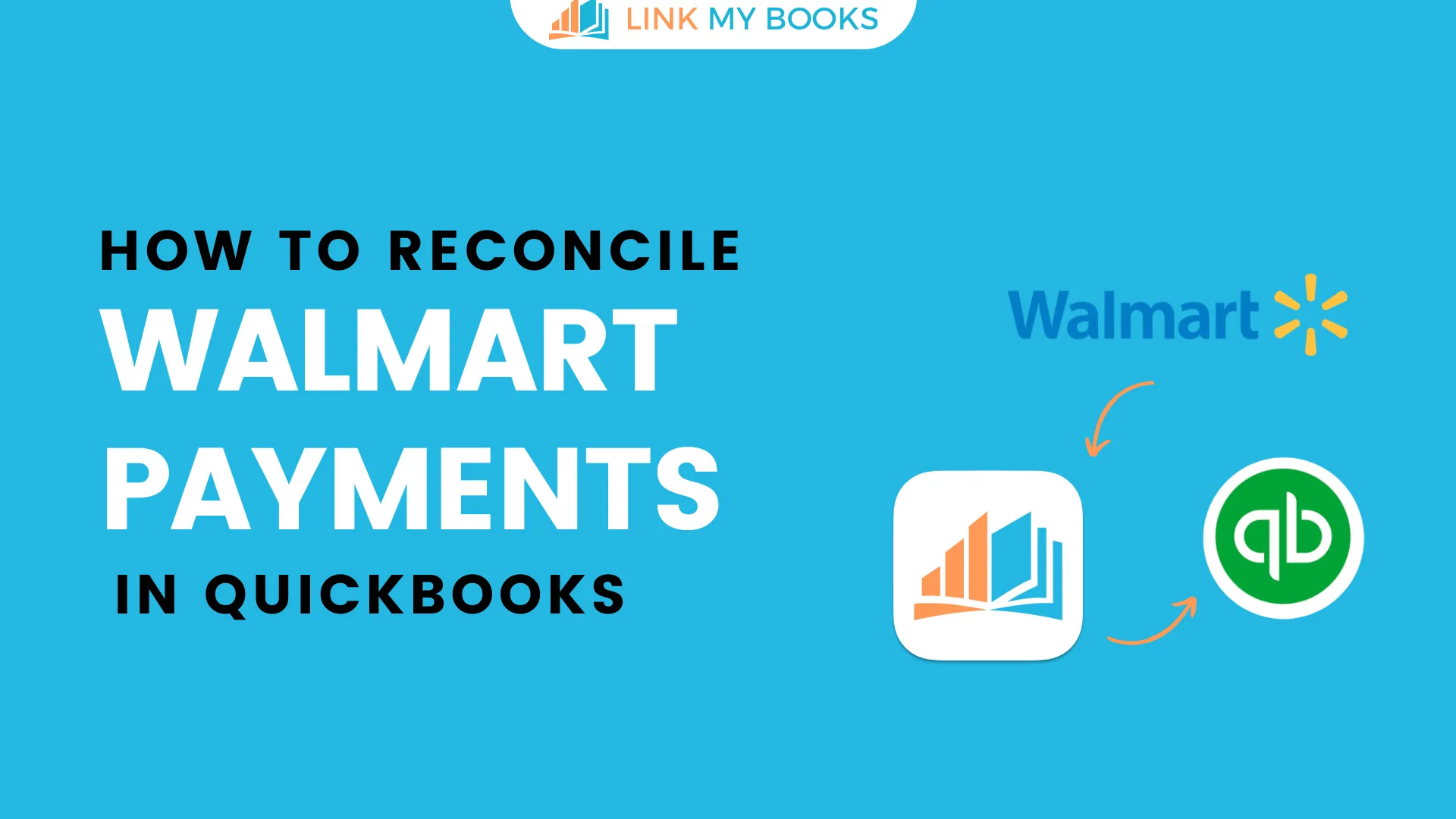
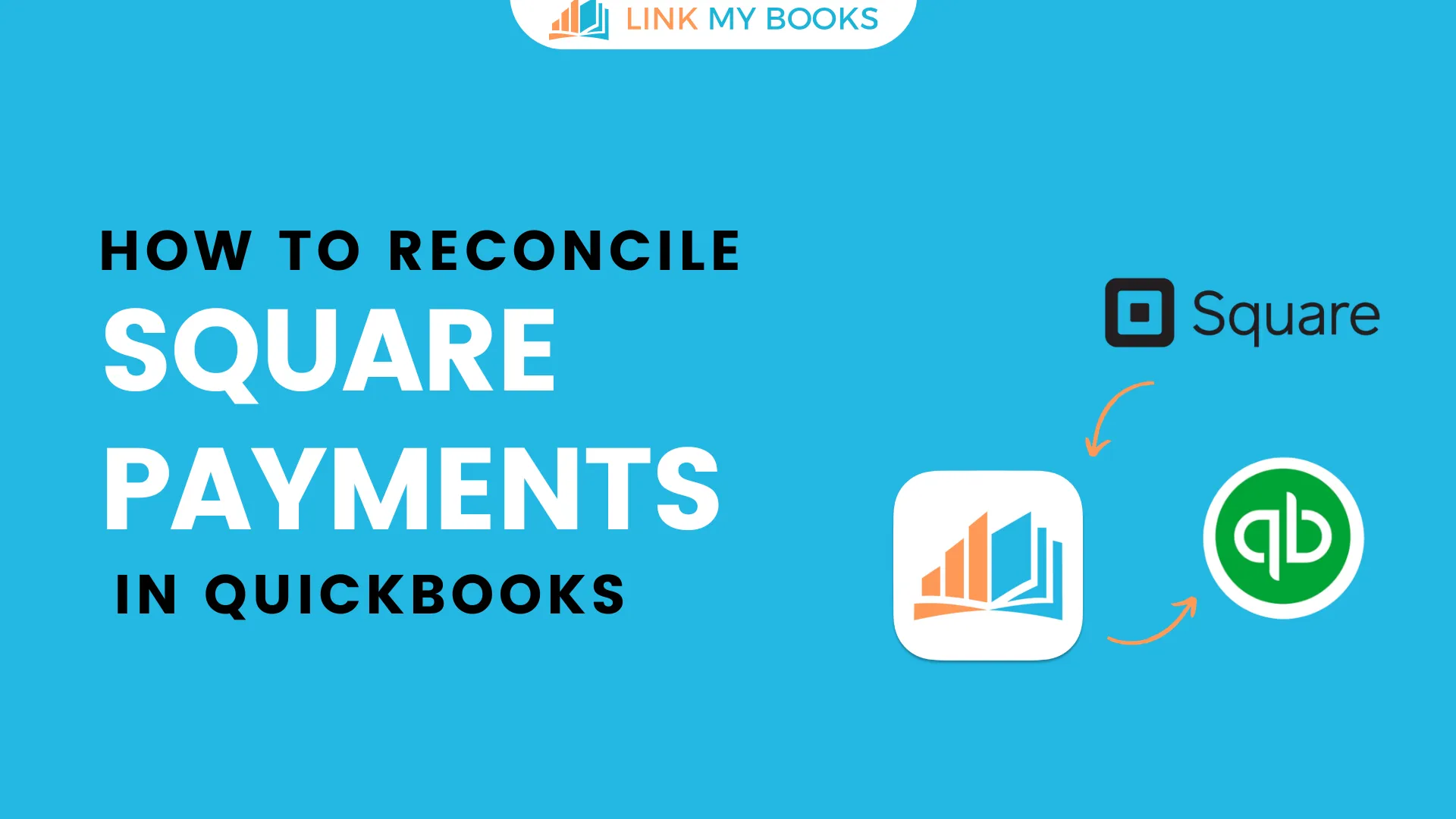
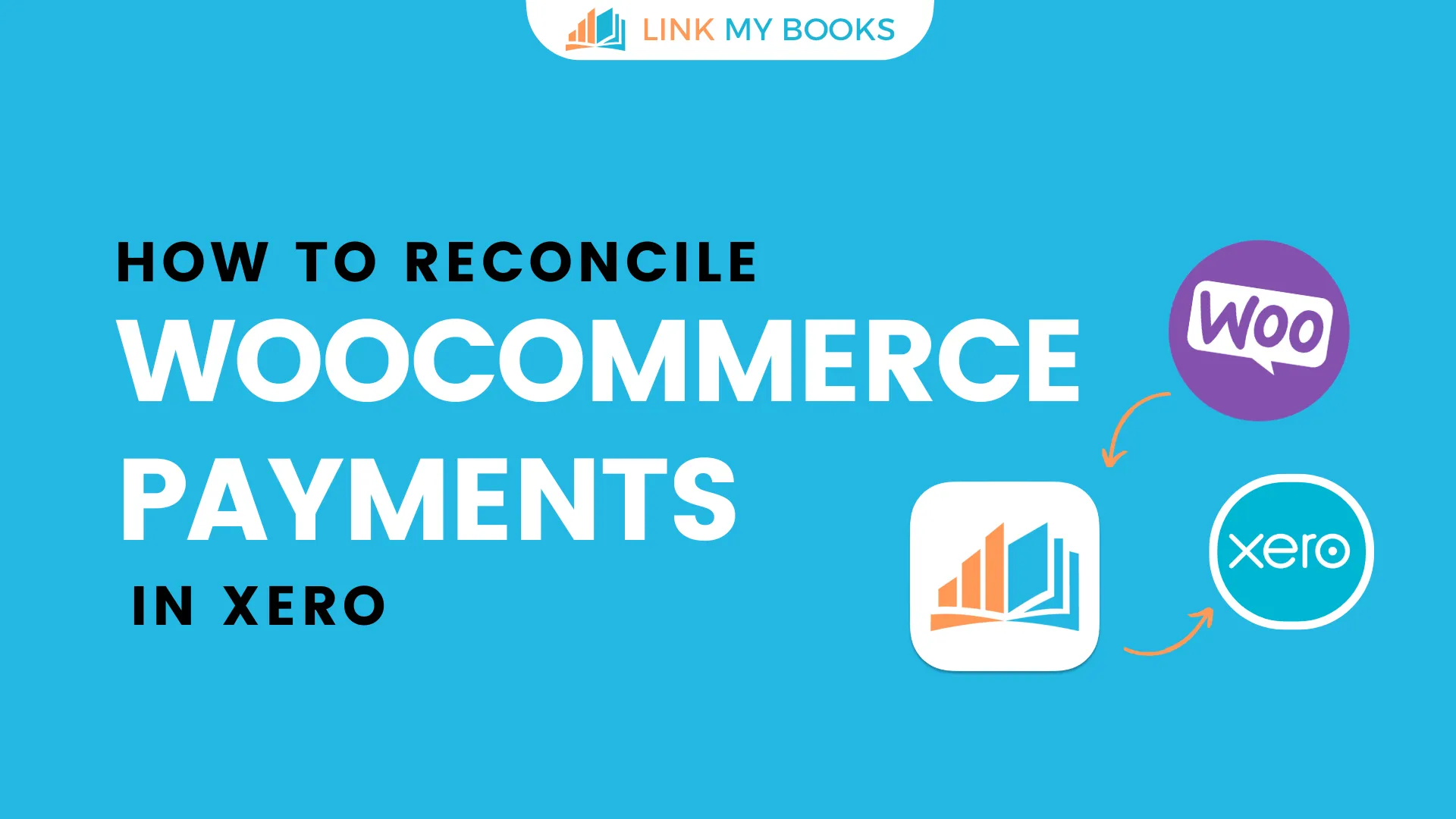
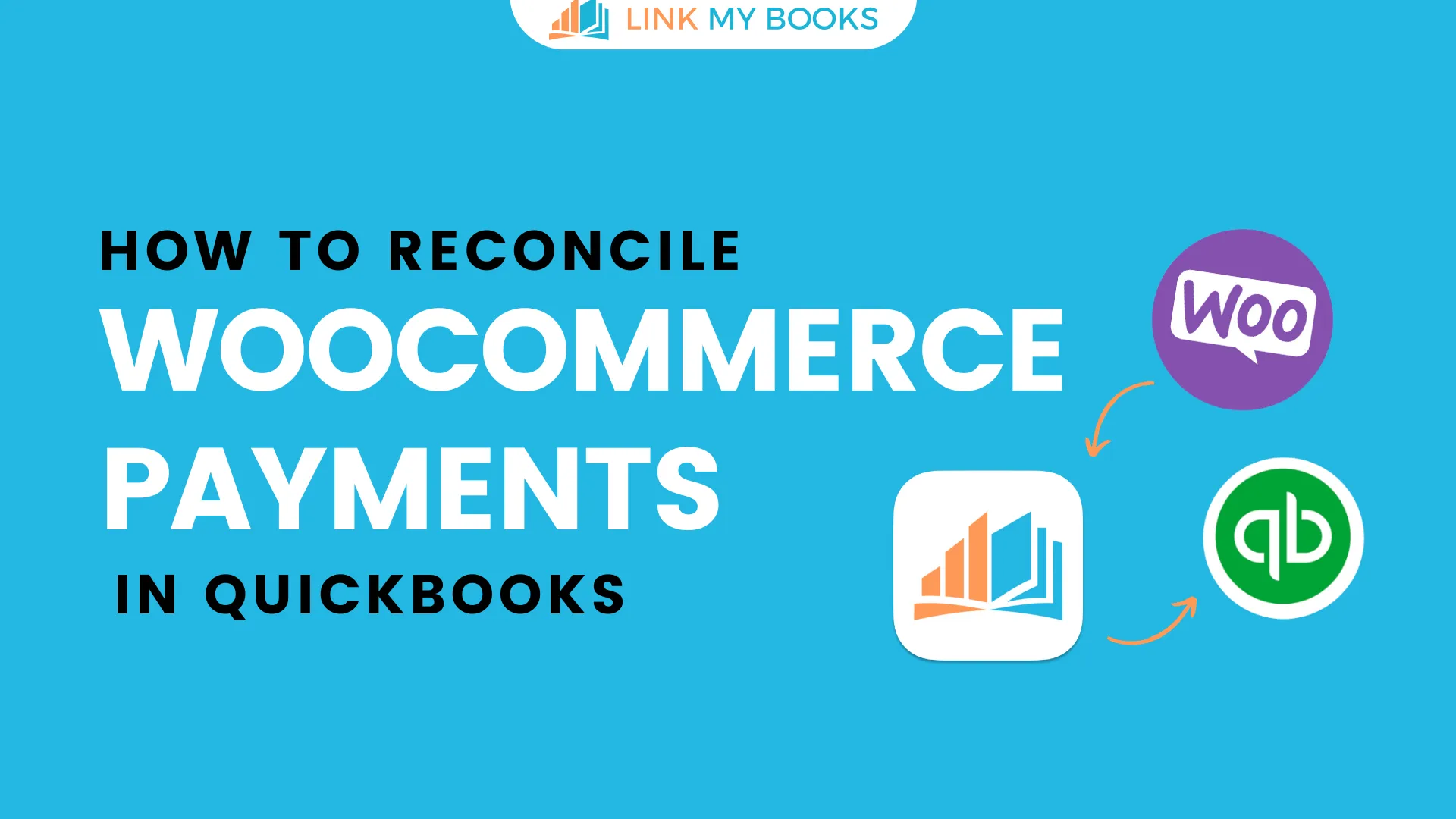
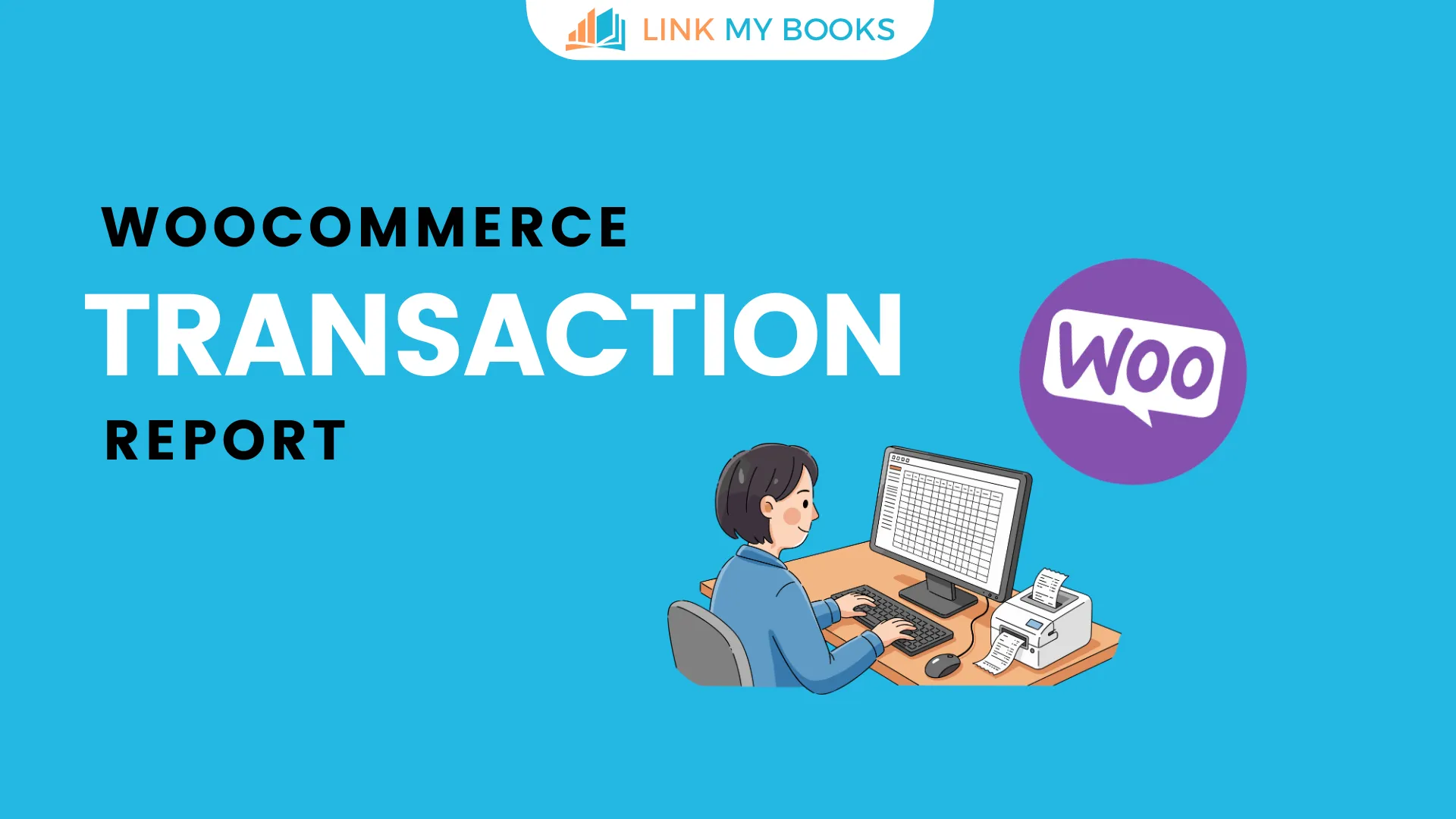


.png)